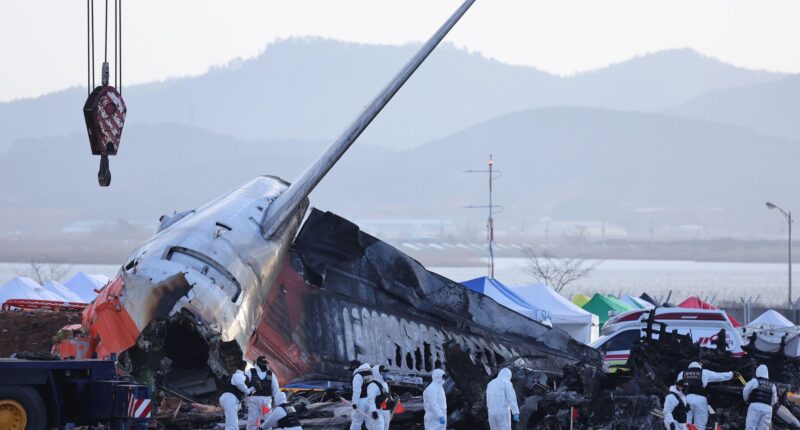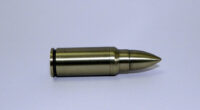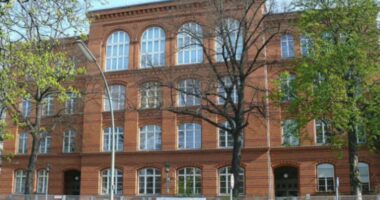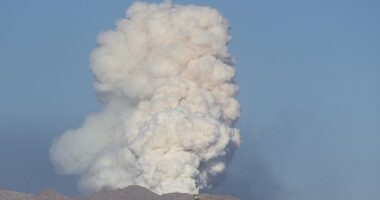COCKPIT voice recordings have been retrieved from a black box on the doomed South Korean plane.
All but two of the 181 people on board the Jeju Air jet were killed on Sunday when the plane crashed into a concrete wall after an emergency landing.



Authorities are now probing what caused the disaster and are examining the black box.
Data from the cockpit voice recorder has been extracted and is being converted into voice files.
It could offer critical information to try to explain the few minutes that led up to the crash.
South Korea’s transport ministry said it could take about two days for investigators to convert the data to audio files.
The pilot issued a mayday call and reported a bird strike before making the emergency landing.
After hitting the tarmac at high speed, the jet then careered into a concrete wall and exploded into a fireball.
Serious questions are now being asked over whether the disaster could have been avoided – and what caused it.
Forensic teams have been pictured combing through the wreckage of the plane as grieving families of the 179 victims demand answers.
Upon retrieval from the wreckage at Muan International Airport, the flight recorder was found to be damaged and was lacking a crucial connector that is responsible for linking its data storage unit to the power supply.
Director of the aviation policy division at the ministry, Joo Jong-wan, has conveyed that the ability to extract data from the compromised flight data recorder at the current juncture is not viable.
“And so we have agreed with the NTSB to send it to the US and analyze it there.”
A team from the US is also investigating on site at Muan airport with South Korean officials.
Investigators are focusing on a navigation system that assists in aircraft landings, known as a localiser.
The localiser, installed on a concrete structure, has been widely blamed for the high number of casualties.
The jet was approaching the airport when its right engine was struck – which could have forced the pilot to shut down the damaged engine.
Several attempts to land were aborted by the pilot before a final decision was made to attempt it.
The aircraft quickly hit the tarmac – but the pilot’s heroic landing was all done in vain as it continued to speed off the end of the runway.
Seconds later it smashed into a concrete wall at the end of the 2,800-metre runway.



The plane instantly exploded after hitting the structure.
Authorities have indicated that they are investigating the possibility of a bird strike, a malfunction in the landing gear, or the involvement of other control system issues in the tragic incident.
They will also investigate the pilot’s apparent rush to attempt a landing right after he had declared an emergency, officials have said.
All 179 victims – 175 passengers and four of the six crew members -have now been identified and their devastated families are beginning funeral preparations.
Two crew members, located near the tail of the Boeing 737-800, survived.
Air safety experts have questioned if the airport embankment designed to prop up navigation equipment was built too close to the end of the runway.

South Korea’s acting President Choi Sang-mok on Wednesday called for a fair and objective investigation, and said funeral procedures have begun after all the victims were formally identified.
He said: “The most urgent matter at present is to return the victims to their families.”
Airport authorities set up an altar late on Tuesday, and on Wednesday buses carried relatives of victims to the crash site so that they could pay their respects.
The Muan airport was brimming with mourners seeking to pay their tributes at the altar, leading to a queue of several hundred metres.
Park Han-shin, who has been liasing with airport and government authorities on behalf of the bereaved families, said that almost 700 family members visited the crash site.
Park also added there was a list of 43 bodies ready to be released, asking relatives of those not on the list for patience.

















